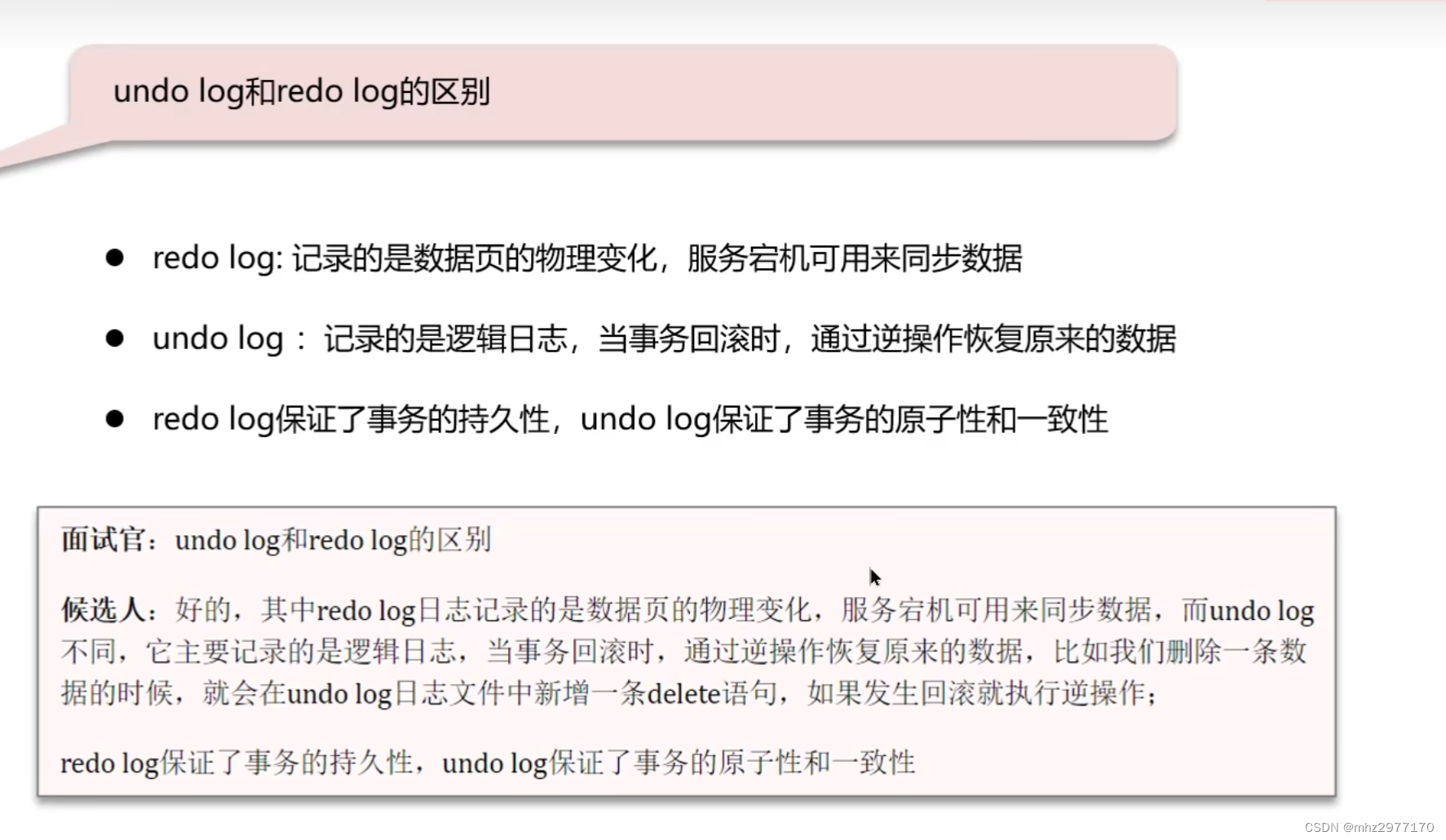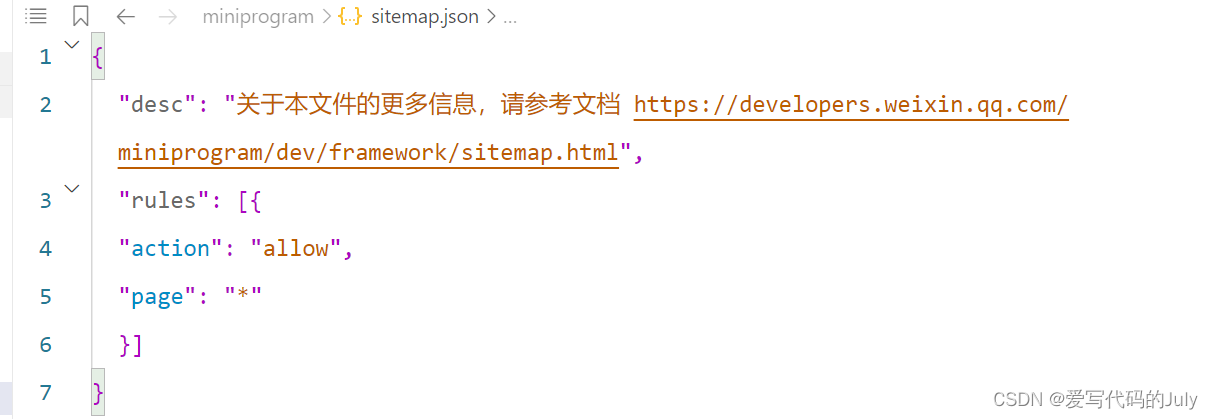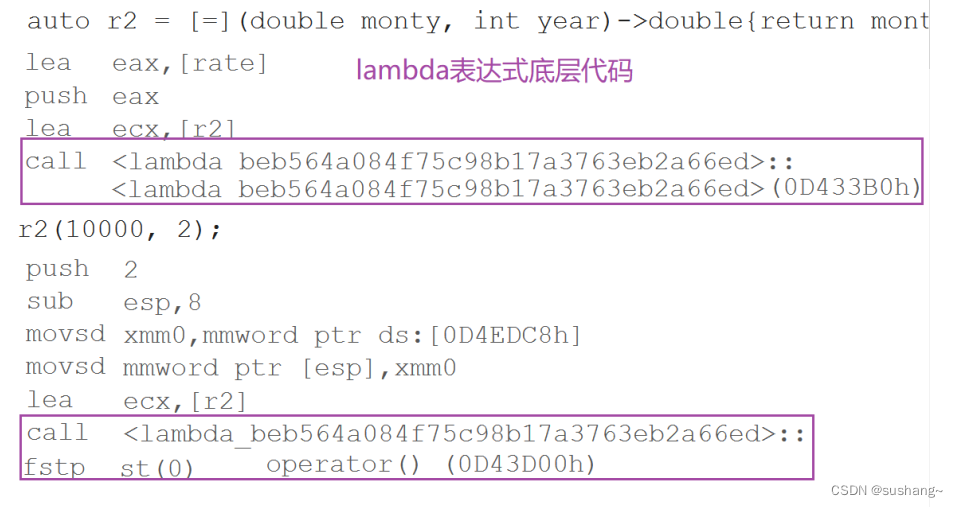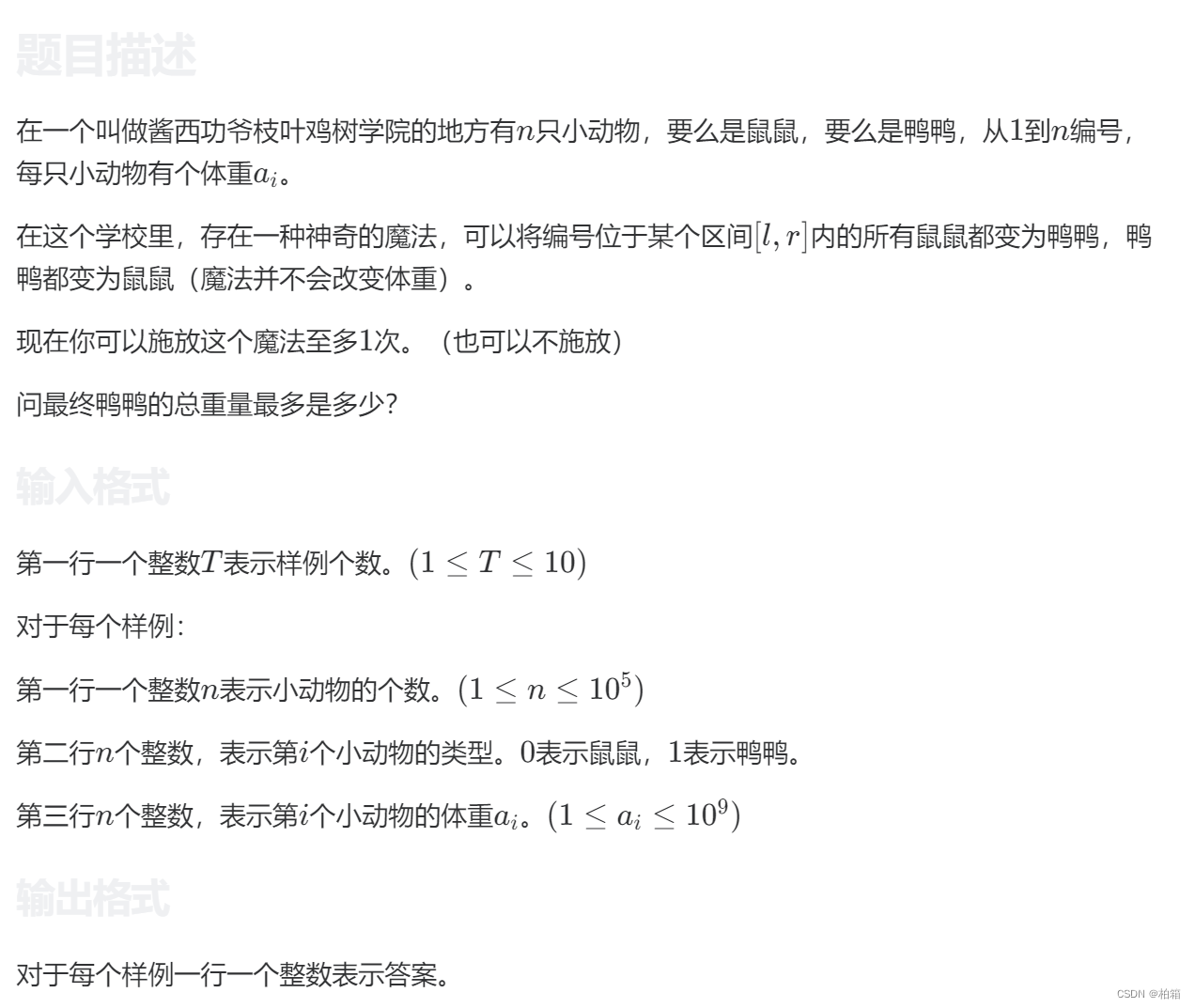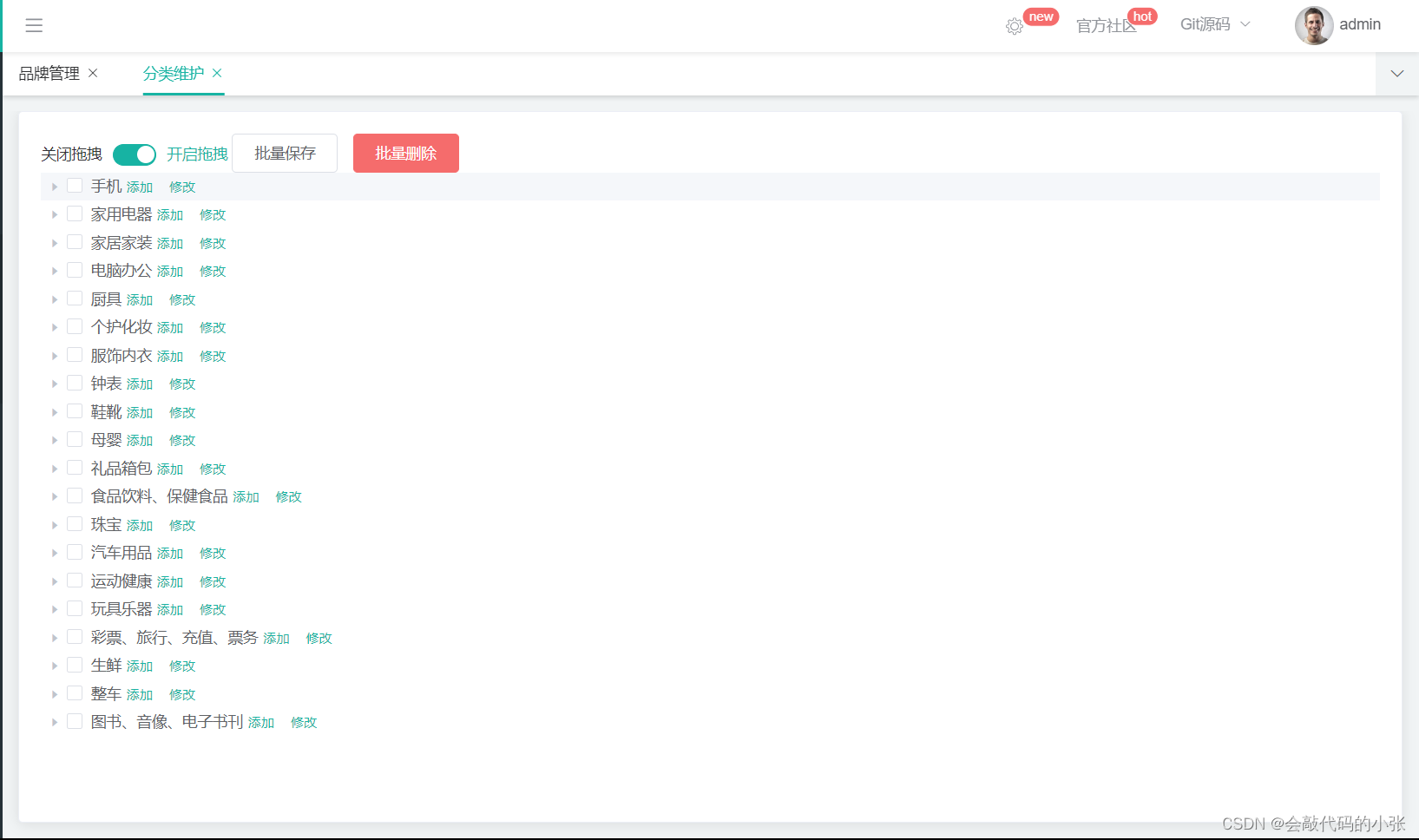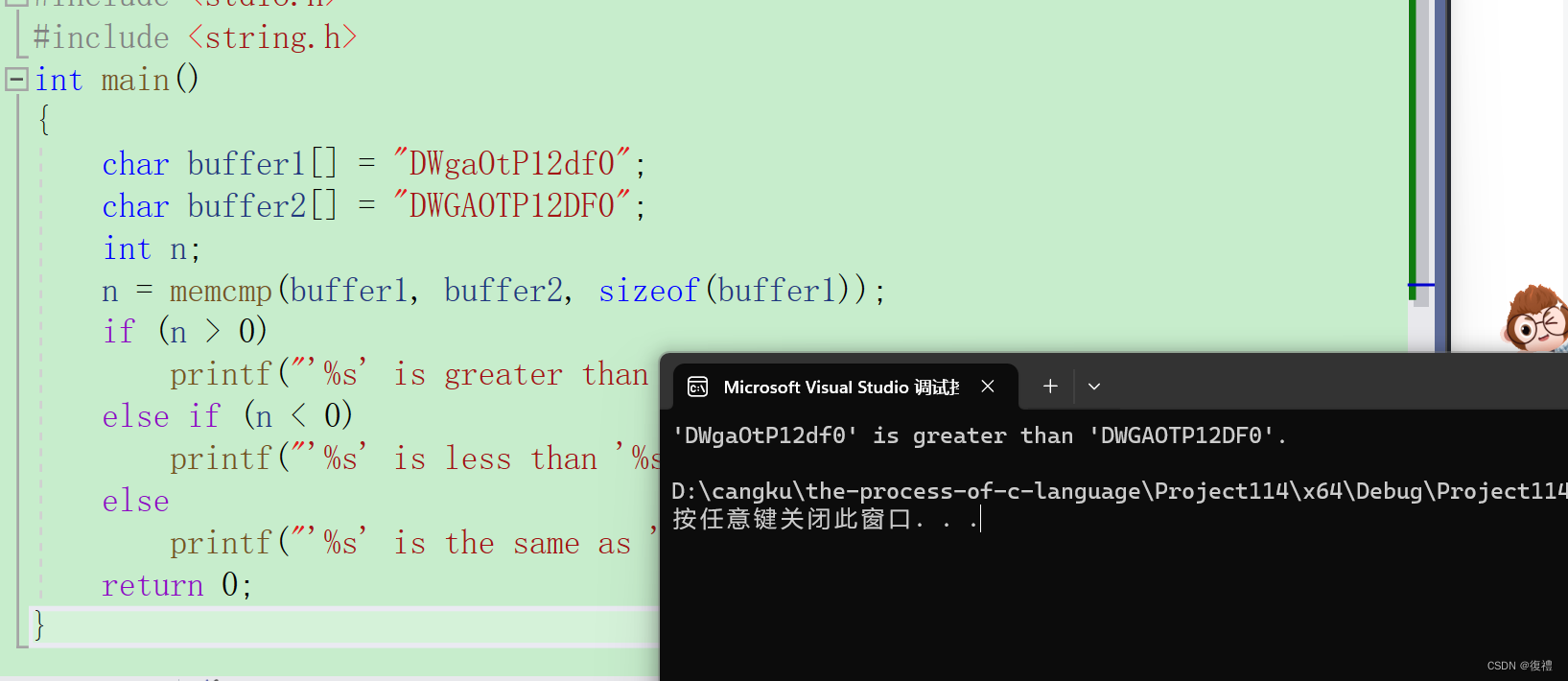引言
我们的产品主打金融服务领域,以B端客户为我们的核心合作伙伴,然而,我们的服务最终将惠及C端消费者。在技术实现上,我们采用了公司自主研发的微服务框架,该框架基于SpringBoot,旨在提供高效、可靠的服务支持。
本文继《生产问题排查系列——未知404状态接口请求》之后,深入探讨并扩展了对我们公司自主研发框架的理解。在上一篇文章中,我们通过应用性能管理工具定位并解决了持续出现的404请求问题。
代码实例
下面给出一个简单的示例,方面读者在后续源码阅读中能着我们的排查思路一起来看上述问题。
pom.xml中引入Spring Boot以及Spring MVC
<?xml version="1.0" encoding="UTF-8"?>
<project xmlns="http://maven.apache.org/POM/4.0.0"
xmlns:xsi="http://www.w3.org/2001/XMLSchema-instance"
xsi:schemaLocation="http://maven.apache.org/POM/4.0.0 http://maven.apache.org/xsd/maven-4.0.0.xsd">
<modelVersion>4.0.0</modelVersion>
<parent>
<groupId>org.springframework.boot</groupId>
<artifactId>spring-boot-starter-parent</artifactId>
<version>2.7.14</version>
<relativePath/> <!-- lookup parent from repository -->
</parent>
<groupId>org.example</groupId>
<artifactId>springmvc</artifactId>
<version>1.0-SNAPSHOT</version>
<properties>
<maven.compiler.source>8</maven.compiler.source>
<maven.compiler.target>8</maven.compiler.target>
</properties>
<dependencies>
<dependency>
<groupId>org.springframework.boot</groupId>
<artifactId>spring-boot-starter-web</artifactId>
</dependency>
<dependency>
<groupId>org.springframework.boot</groupId>
<artifactId>spring-boot-starter-test</artifactId>
<scope>test</scope>
</dependency>
<dependency>
<groupId>org.springframework.boot</groupId>
<artifactId>spring-boot-starter-actuator</artifactId>
</dependency>
</dependencies>
<build>
<plugins>
<plugin>
<groupId>org.springframework.boot</groupId>
<artifactId>spring-boot-maven-plugin</artifactId>
</plugin>
</plugins>
</build>
</project>
TestController:定义一个请求接口
import org.springframework.stereotype.Controller;
import org.springframework.web.bind.annotation.RequestMapping;
import org.springframework.web.bind.annotation.ResponseBody;
@Controller
public class TestController {
@RequestMapping("/test")
@ResponseBody
public String test(){
return "ok";
}
}
源码阅读
下面我们将从一个Spring提供的Health监控请求,一步一步分析Spring MVC是如何转发请求的。
Spring MVC所有的接口请求都将由doDispatch方法负责转发。源码如下:
protected void doDispatch(HttpServletRequest request, HttpServletResponse response) throws Exception {
HttpServletRequest processedRequest = request;
HandlerExecutionChain mappedHandler = null;
boolean multipartRequestParsed = false;
WebAsyncManager asyncManager = WebAsyncUtils.getAsyncManager(request);
try {
ModelAndView mv = null;
Exception dispatchException = null;
try {
processedRequest = checkMultipart(request);
multipartRequestParsed = (processedRequest != request);
// 确定当前请求处理的实际处理类
mappedHandler = getHandler(processedRequest);
if (mappedHandler == null) {
noHandlerFound(processedRequest, response);
return;
}
// 确定当前请求的处理程序适配器。
HandlerAdapter ha = getHandlerAdapter(mappedHandler.getHandler());
// 如果处理程序支持,则处理上次修改的标头。
String method = request.getMethod();
boolean isGet = HttpMethod.GET.matches(method);
if (isGet || HttpMethod.HEAD.matches(method)) {
long lastModified = ha.getLastModified(request, mappedHandler.getHandler());
if (new ServletWebRequest(request, response).checkNotModified(lastModified) && isGet) {
return;
}
}
if (!mappedHandler.applyPreHandle(processedRequest, response)) {
return;
}
// 调用处理程序
mv = ha.handle(processedRequest, response, mappedHandler.getHandler());
if (asyncManager.isConcurrentHandlingStarted()) {
return;
}
applyDefaultViewName(processedRequest, mv);
mappedHandler.applyPostHandle(processedRequest, response, mv);
}
catch (Exception ex) {
dispatchException = ex;
}
catch (Throwable err) {
// 从4.3开始,我们也在处理处理程序方法抛出的错误,
//使它们可用于@ExceptionHandler方法和其他场景。
dispatchException = new NestedServletException("Handler dispatch failed", err);
}
processDispatchResult(processedRequest, response, mappedHandler, mv, dispatchException);
}
catch (Exception ex) {
triggerAfterCompletion(processedRequest, response, mappedHandler, ex);
}
catch (Throwable err) {
triggerAfterCompletion(processedRequest, response, mappedHandler,
new NestedServletException("Handler processing failed", err));
}
finally {
if (asyncManager.isConcurrentHandlingStarted()) {
// 而不是postHandle和afterCompletion
if (mappedHandler != null) {
mappedHandler.applyAfterConcurrentHandlingStarted(processedRequest, response);
}
}
else {
// 清理由多部分请求使用的所有资源。
if (multipartRequestParsed) {
cleanupMultipart(processedRequest);
}
}
}
}
监控接口请求会转发给AbstractHandlerMethodAdapter.handle方法处理,源码如下:
public final ModelAndView handle(HttpServletRequest request, HttpServletResponse response, Object handler)
throws Exception {
return handleInternal(request, response, (HandlerMethod) handler);
}
然后请求会转发到AbstractHandlerMethodAdapter.handleInternal方法中,源码如下:
protected ModelAndView handleInternal(HttpServletRequest request,
HttpServletResponse response, HandlerMethod handlerMethod) throws Exception {
ModelAndView mav;
checkRequest(request);
// 如果需要,在同步块中执行invokeHandlerMethod。
if (this.synchronizeOnSession) {
HttpSession session = request.getSession(false);
if (session != null) {
Object mutex = WebUtils.getSessionMutex(session);
synchronized (mutex) {
mav = invokeHandlerMethod(request, response, handlerMethod);
}
}
else {
// 没有可用的HttpSession->不需要互斥
mav = invokeHandlerMethod(request, response, handlerMethod);
}
}
else {
// 根本不需要对会话进行同步。。。
mav = invokeHandlerMethod(request, response, handlerMethod);
}
if (!response.containsHeader(HEADER_CACHE_CONTROL)) {
if (getSessionAttributesHandler(handlerMethod).hasSessionAttributes()) {
applyCacheSeconds(response, this.cacheSecondsForSessionAttributeHandlers);
}
else {
prepareResponse(response);
}
}
return mav;
}
然后接口请求会转发到RequestMappingHandlerAdapter.invokeHandlerMethod,进行一系列参数填充后调用invokeAndHandle方法,源码如下:
protected ModelAndView invokeHandlerMethod(HttpServletRequest request,
HttpServletResponse response, HandlerMethod handlerMethod) throws Exception {
ServletWebRequest webRequest = new ServletWebRequest(request, response);
try {
WebDataBinderFactory binderFactory = getDataBinderFactory(handlerMethod);
ModelFactory modelFactory = getModelFactory(handlerMethod, binderFactory);
ServletInvocableHandlerMethod invocableMethod = createInvocableHandlerMethod(handlerMethod);
if (this.argumentResolvers != null) {
invocableMethod.setHandlerMethodArgumentResolvers(this.argumentResolvers);
}
if (this.returnValueHandlers != null) {
invocableMethod.setHandlerMethodReturnValueHandlers(this.returnValueHandlers);
}
invocableMethod.setDataBinderFactory(binderFactory);
invocableMethod.setParameterNameDiscoverer(this.parameterNameDiscoverer);
ModelAndViewContainer mavContainer = new ModelAndViewContainer();
mavContainer.addAllAttributes(RequestContextUtils.getInputFlashMap(request));
modelFactory.initModel(webRequest, mavContainer, invocableMethod);
mavContainer.setIgnoreDefaultModelOnRedirect(this.ignoreDefaultModelOnRedirect);
AsyncWebRequest asyncWebRequest = WebAsyncUtils.createAsyncWebRequest(request, response);
asyncWebRequest.setTimeout(this.asyncRequestTimeout);
WebAsyncManager asyncManager = WebAsyncUtils.getAsyncManager(request);
asyncManager.setTaskExecutor(this.taskExecutor);
asyncManager.setAsyncWebRequest(asyncWebRequest);
asyncManager.registerCallableInterceptors(this.callableInterceptors);
asyncManager.registerDeferredResultInterceptors(this.deferredResultInterceptors);
if (asyncManager.hasConcurrentResult()) {
Object result = asyncManager.getConcurrentResult();
mavContainer = (ModelAndViewContainer) asyncManager.getConcurrentResultContext()[0];
asyncManager.clearConcurrentResult();
LogFormatUtils.traceDebug(logger, traceOn -> {
String formatted = LogFormatUtils.formatValue(result, !traceOn);
return "Resume with async result [" + formatted + "]";
});
invocableMethod = invocableMethod.wrapConcurrentResult(result);
}
invocableMethod.invokeAndHandle(webRequest, mavContainer);
if (asyncManager.isConcurrentHandlingStarted()) {
return null;
}
return getModelAndView(mavContainer, modelFactory, webRequest);
}
finally {
webRequest.requestCompleted();
}
}
此时请求会转发到ServletInvocableHandlerMethod.invokeAndHandle,之后调用InvocableHandlerMethod.invokeForRequest执行方法,源码如下:
public void invokeAndHandle(ServletWebRequest webRequest, ModelAndViewContainer mavContainer,
Object... providedArgs) throws Exception {
Object returnValue = invokeForRequest(webRequest, mavContainer, providedArgs);
setResponseStatus(webRequest);
if (returnValue == null) {
if (isRequestNotModified(webRequest) || getResponseStatus() != null || mavContainer.isRequestHandled()) {
disableContentCachingIfNecessary(webRequest);
mavContainer.setRequestHandled(true);
return;
}
}
else if (StringUtils.hasText(getResponseStatusReason())) {
mavContainer.setRequestHandled(true);
return;
}
mavContainer.setRequestHandled(false);
Assert.state(this.returnValueHandlers != null, "No return value handlers");
try {
this.returnValueHandlers.handleReturnValue(
returnValue, getReturnValueType(returnValue), mavContainer, webRequest);
}
catch (Exception ex) {
if (logger.isTraceEnabled()) {
logger.trace(formatErrorForReturnValue(returnValue), ex);
}
throw ex;
}
}
InvocableHandlerMethod.invokeForRequest会调用InvocableHandlerMethod.doInvoke执行实际方法
public Object invokeForRequest(NativeWebRequest request, @Nullable ModelAndViewContainer mavContainer,
Object... providedArgs) throws Exception {
Object[] args = getMethodArgumentValues(request, mavContainer, providedArgs);
if (logger.isTraceEnabled()) {
logger.trace("Arguments: " + Arrays.toString(args));
}
return doInvoke(args);
}
InvocableHandlerMethod.doInvoke会调用实际的bean执行方法。从这一步的getBean()方法我们就能知道执行spring bean是什么类。
protected Object doInvoke(Object... args) throws Exception {
Method method = getBridgedMethod();
try {
if (KotlinDetector.isSuspendingFunction(method)) {
return CoroutinesUtils.invokeSuspendingFunction(method, getBean(), args);
}
return method.invoke(getBean(), args);
}
catch (IllegalArgumentException ex) {
assertTargetBean(method, getBean(), args);
String text = (ex.getMessage() != null ? ex.getMessage() : "Illegal argument");
throw new IllegalStateException(formatInvokeError(text, args), ex);
}
catch (InvocationTargetException ex) {
// Unwrap for HandlerExceptionResolvers ...
Throwable targetException = ex.getTargetException();
if (targetException instanceof RuntimeException) {
throw (RuntimeException) targetException;
}
else if (targetException instanceof Error) {
throw (Error) targetException;
}
else if (targetException instanceof Exception) {
throw (Exception) targetException;
}
else {
throw new IllegalStateException(formatInvokeError("Invocation failure", args), targetException);
}
}
}
总结
上述源码调用流程如下:

在深入研究Spring MVC的源码调用链路后,有了以下体会:
代码之间的调用关系错综复杂,构成了一个深广交织的网络。通过阅读源码,我们可以发现,从请求的接收到处理再到响应的返回,涉及了众多组件和层次的交互。这种深度的耦合使得没有全景图的情况下,仅凭对各个类功能的碎片化认识,难以形成对框架整体工作机制的实际理解。
为了真正掌握Spring MVC的内在逻辑,后续工作需要着手细致地梳理这些类之间的组织结构,明确它们如何协同工作以及各自的职责边界。这对于后续的框架使用、问题排查乃至自定义扩展都至关重要。


